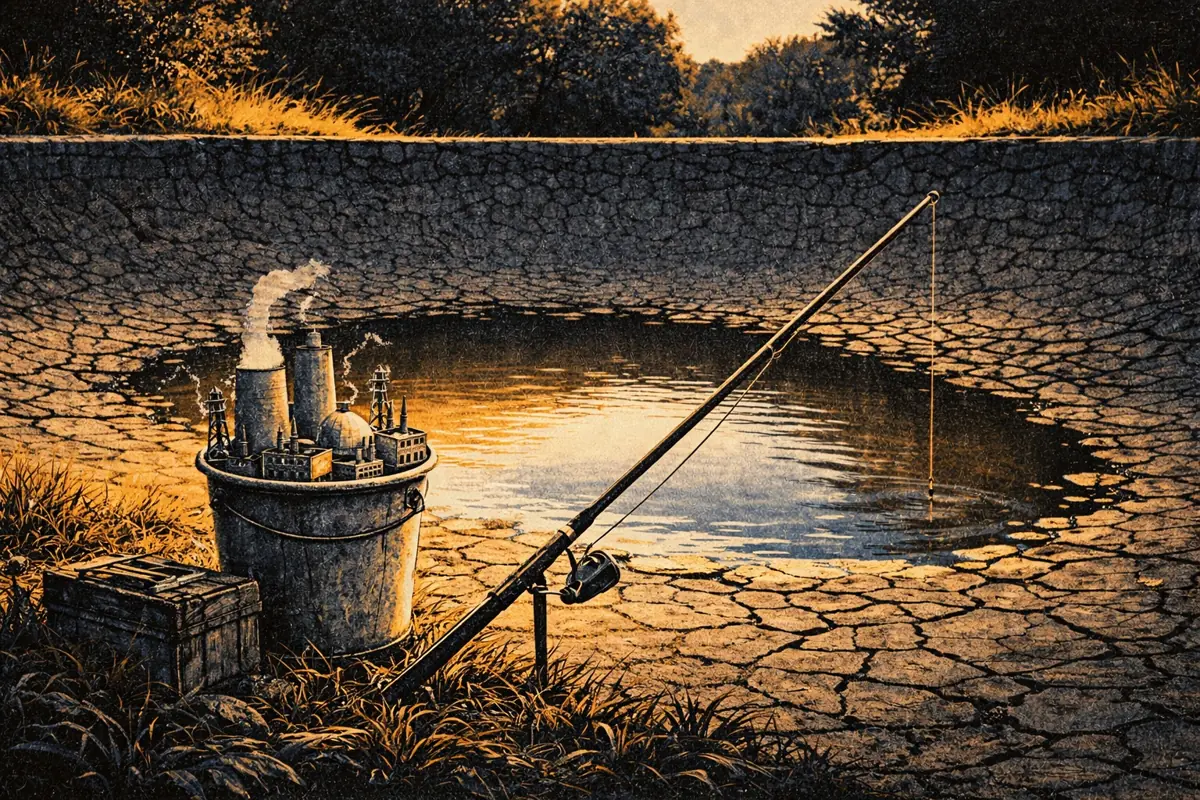December 22nd frequency event: How did batteries respond?
On December 22nd 2023, one of the interconnectors between France and the UK (IFA2) tripped at 13:09, causing a sudden shortage of power flowing to the grid. All three frequency response services kicked in at full power to restore system frequency. This resulted in a maximum of 1.2 GW of power being discharged from batteries.

An interconnector trip coincided with low system inertia to cause frequency to fall
At the time of the interconnector trip, wind generation was high, with over 14 GW being generated. This meant fewer CCGTs were running, so system inertia was low. As a result, grid frequency plummeted to 49.3 Hz, 0.2 Hz below statutory limits.
With grid frequency dropping below 49.5Hz, all battery volume contracted in low frequency response services was required to export at full power. Battery exports reached a maximum of 1,226 MW for a full minute.
Batteries responded to the maximum of their contracted capacities in frequency response
In EFA block four on December 22nd, 1,226 MW of batteries were contracted to deliver low dynamic frequency response. This provides exports to the grid when frequency falls. This comprised 873 MW in Dynamic Containment Low, 150 MW in Dynamic Moderation Low, and 201 MW in Dynamic Regulation Low. Procuring all 1.2 GW across the three services for this settlement period cost the ESO £8.3k.
The speed of battery power output showed the benefit of the three new dynamic frequency response services, each with a different response profile. These collectively replaced the old monthly FFR service, which was retired at the end of November.

Power coming from Dynamic Containment Low increased from 43 MW to 873 MW in just 10 seconds. This is because Dynamic Containment is a post-fault service, requiring just 5% power until grid frequency deviates beyond 0.2 Hz. In this instance, grid frequency dropped from 49.9 Hz to 49.3 Hz in 10 seconds, so assets in Dynamic Containment Low needed to ramp up to full power at this time.
Batteries in Dynamic Moderation Low and Dynamic Regulation Low continued exporting at full power for 5 minutes. These pre-fault services keep grid frequency within its operational range of 50 +/- 0.2 Hz. Both services require full power exports once the grid frequency deviates beyond 0.2 Hz.
No batteries were dispatched via the Balancing Mechanism despite 1 GW being available
Extreme system conditions often mean the ESO need to use assets in the Balancing Mechanism quickly to balance the system. This event was no different. Dinorwig, the UK's largest pumped storage energy station, was called on in the Balancing Mechanism to export 650 MW of power within two minutes. This provided a longer-lasting response to the event, helping to bring frequency back towards 50 Hz.
By contrast, no battery capacity was dispatched in the Balancing Mechanism despite over 1 GW being available. There was enough battery capacity available at the time to match the power output from Dinorwig at a lower cost. Thirty-three batteries were skipped over in favor of dispatching Dinorwig. Using the pumped hydro storage plant cost the ESO £7.5k for six minutes of energy. That’s 38% more than the equivalent cost of battery energy storage that was available in the Balancing Mechanism at the time.

The reason for this is the necessary speed of response, and the time taken to create and issue individual instructions in the Balancing Mechanism. In just four instructions, the control room was able to procure the response equivalent to sending 33 instructions for batteries.
Fast dispatch, due in spring 2024, is the next update to the Open Balancing Platform. This will allow bulk frequency correcting actions, typically less than 10 minutes, to be designed and optimized quicker. This is designed to allow the bulk dispatch functionality (which was offline for batteries at the time) to be used to respond to situations such as this.







